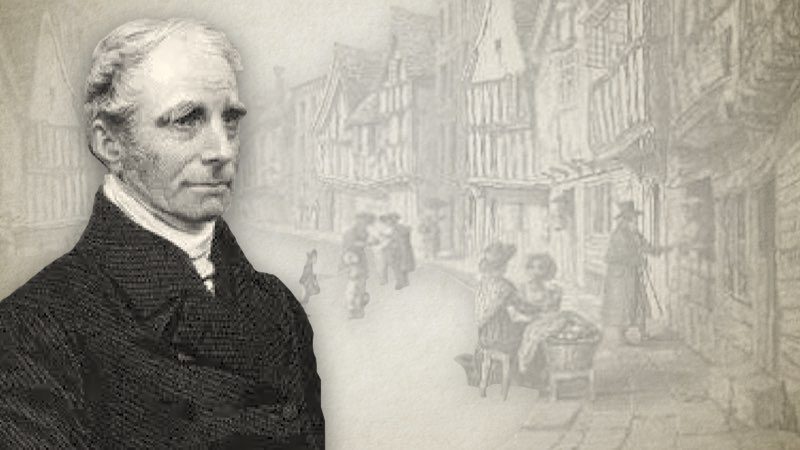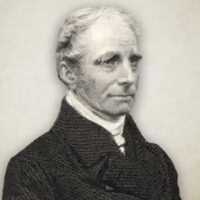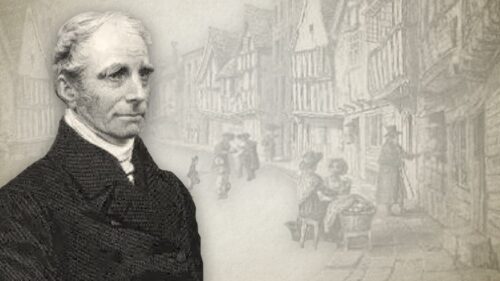
175 Judaism
JUDAISM
The religious doctrines and rites of the Jews, the descendants of Abraham. Judaism was but a temporary dispensation, and was to give way, at least the ceremonial part of it, at the coming of the Messiah. The principal sects among the Jews were the Pharisees, who placed religion in external ceremony; the Sadducees, who were remarkable for their incredulity; and the Essenes, who were distinguished for their austere sanctity. At present, the Jews have two sects; the Caraites, who admit no rule of religion but the law of Moses; and the Rabbinists, who add to the law the traditions of the Talmud. See those articles, and books recommended under article JEWS, in this work.
TALMUD
The Mishna, which comprehends all the laws, institutions, and rules of life (which, besides the ancient Hebrew Scriptures, the Jews thought themselves bound to observe,) was composed, according to the unanimous testimony of the Jews, about the close of the second century. It was the work of rabbi Jehuda (or Juda) Hakkadosh, who was the ornament of the school of Tiberias, and is said to have occupied him forty years. The commentaries and additions which succeeding rabbies made, were collected by rabbi Jochanan Ben Eliezer, some say in the fifth, others in the sixth, and others in the seventh century, under the name of Gemara, that is, completion, because it completed the Talmud. A similar addition was made to the Mishna by the Babylonish doctors in the beginning of the sixth century, according to Enfield; and in the seventh, according to others.
The Mishna is divided into six parts, of which every one which is entitled order, is formed of treatises: every treatise is divided into chapters; and every chapter into mishnas or aphorisms. In the first part is discussed whatever relates to seeds, fruits, and trees: in the second, feasts: in the third, women, their duties, their disorders, marriages, divorces, contracts, and nuptials; in the fourth, are treated the damages or losses sustained by beasts or men, of things found, deposits, usuries, rents, farms, partnership in commerce, inheritance, sales and purchases, oaths, witnesses, arrests, idolatry; and here are named those by whom in oral law was received and preserved: in the fifth part are noticed what regards sacrifices and holy things: and the sixth treats on purifications, vessels, furniture, clothes, houses, leprosy, baths, and numerous other articles:-all this forms the Mishna.
As the learned reader may wish to obtain some notion of rabbinical composition and judgment, we shall gratify his curiosity sufficiently by the following specimen: “Adam’s body was made of the earth of Babylon, his head of the land of Israel, his other members of other parts of the world. R. Meir thought he was compact of the earth gathered out of the whole earth: as it is written, thine eyes did see my substance. Now it is elsewhere written, the eyes of the Lord are over all the earth. R. Aha expressly marks the twelve hours in which his various parts were formed. His stature was from one end of the world to the other; and it was for his transgression that the Creator, laying his hand in anger on him, lessened him; ‘for before,’ says R. Eleazer, ‘with his hand he reached the firmament.’ R. Jehuda thinks his sin was heresy; but R. Isaac thinks that it was nourishing his foreskin.”
The Talmud of Babylon is most valued by the Jews; and this is the book which they mean to express when they talk of the Talmud in general. An abridgment of it was made by Maimonides in the 12th century, in which he rejected some of its greatest absurdities. The Gemara is stuffed with dreams and chimeras, with many ignorant and impertinent questions, and the style very coarse. The Mishna is written in a style comparatively pure, and may be very useful in explaining passages of the New Testament, where the phraseology is similar. This is, indeed, the only use to which Christians can apply it: but this renders it valuable.–Lightfoot has judiciously availed himself of such information as he could derive from it. Some of the popes, with a barbarous zeal, and a timidity of spirit, for the success of the Christian religion, which the belief of its divinity can never excuse, ordered great numbers of the Talmud to be burned. Gregory IX. burned about twenty cart-loads; and Paul IV. ordered 12,000 copies of the Talmud to be destroyed. See MISCHNA, the last edition of the Talmud of Babylon, printed at Amsterdam, in 12 vols. folio: the Talmud of Jerusalem is in one large volume folio.
TARGUM
A name given to the Chaldee paraphrases of the books of the Old Testament. They are called paraphrases, or expositions, because they are rather comments and explications than literal translations of the text. They are written in the Chaldee tongue, which became familiar to the Jews after the time of their captivity in Babylon, and was more known to them than the Hebrew itself; so that when the Hebrew text was read in the synagogue, or in the temple, they generally added to it an explication in the Chaldee tongue for the service of the people, who had but a very imperfect knowledge of the Hebrew tongue. It is probable, that even from the time of Ezra, this custom began: since this learned scribe, reading the law to the people in the temple, explained it, with the other priests that were with him, to make it understood by the people, Neh. 8:7, 9.
But though the custom of making these sorts of expositions in the Chaldee language, be very ancient among the Hebrews, yet they have no written paraphrases or Targums before the aera of Onkelos and Jonathan, who lived about the time of our Saviour. Jonathan is placed about thirty years before Christ, under the reign of Herod the Great. Onkelos is something more modern. The Targum of Onkelos is the most of all esteemed, and copies are to be found in which it is inserted verse for verse with the Hebrew. It is so short, and so simple, that it cannot be suspected of being corrupted. This paraphrast wrote only upon the books of Moses; and his style approaches nearly to the purity of the Chaldee, as it is found in Daniel and Ezra. This Targum is quoted in the Misna, but was not known either to Eusebius, St. Jerom, or Origen.
The Targum of Jonathan, son of Uziel, is upon the greater and lesser prophets. He is much more diffuse than Onkelos, and especially upon the lesser prophets, where he takes greater liberties, and runs on in allegories. His style is pure enough, and approaches pretty near to the Chaldee of Onkelos. It is thought that the Jewish doctors, who lived above seven hundred years after him, made some additions to him.
The Targum of Joseph the Blind is upon the Hagiographia. This author is much more modern, and less esteemed, than those we have now mentioned. He has written upon the Psalms, Job, the Proverbs, the Canticles, Ecclesiastes, Ruth, and Esther. His style is a very corrupt Chaldee, with a great mixture of words from foreign languages.
The Targum of Jerusalem is only upon the Pentateuch; nor is that entire or perfect. There are whole verses wanting, others transposed, others mutilated; which has made many of opinion that this is only a fragment of some ancient paraphrase that is now lost. There is no Targum upon Daniel, or upon the books of Ezra and Nehemiah.
These Targums are of great use for the better understanding not only of the Old Testament, on which they are written, but also of the New. As to the Old Testament, they serve to vindicate the genuineness of the present Hebrew text, by proving it to be the same that was in use when these Targums were made; contrary to the opinion of those who think the Jews corrupted it after our Saviour’s time. They help to explain many words and phrases in the Hebrew original, and they hand down to us many of the ancient customs of the Jews. And some of them, with the phraseologies, idioms, and peculiar forms of speech, which we find in them, do, in many instances, help as much for the better illustration and better understanding of the New Testament, as of the Old; the Jerusalem Chaldee dialect, in which they are written, being the vulgar language of the Jews in our Saviour’s time. They also very much serve the Christian cause against the Jews, by interpreting many of the prophecies of the Messiah in the Old Testament in the same manner as the Christians do. Many instances are produced to this purpose by Dr. Prideaux in his Connexions of the History of the Old and New Testament. These Targums are published to the best advantage in the second edition of the great Hebrew Bible set forth as Basil by Buxtorf, the father, anno 1610.
SYNAGOGUE
A place where the Jews meet to worship God.
Charles Buck (1771-1815) was an English Independent minister, best known for the publication of his “Theological Dictionary”. According to the “Dictionary of National Biography”, a Particular Baptist minister named John C. Ryland (1723-1792) assisted Buck by writing many of the articles for the aforementioned publication. One may conclude, based not only Buck’s admiration for his friend Ryland, but also on the entries in his Theological Dictionary, that he stood head and shoulders with the High-Calvinists of his day.
Charles Buck on the Biblical Covenants (Complete)
Charles Buck's Theological Dictionary




